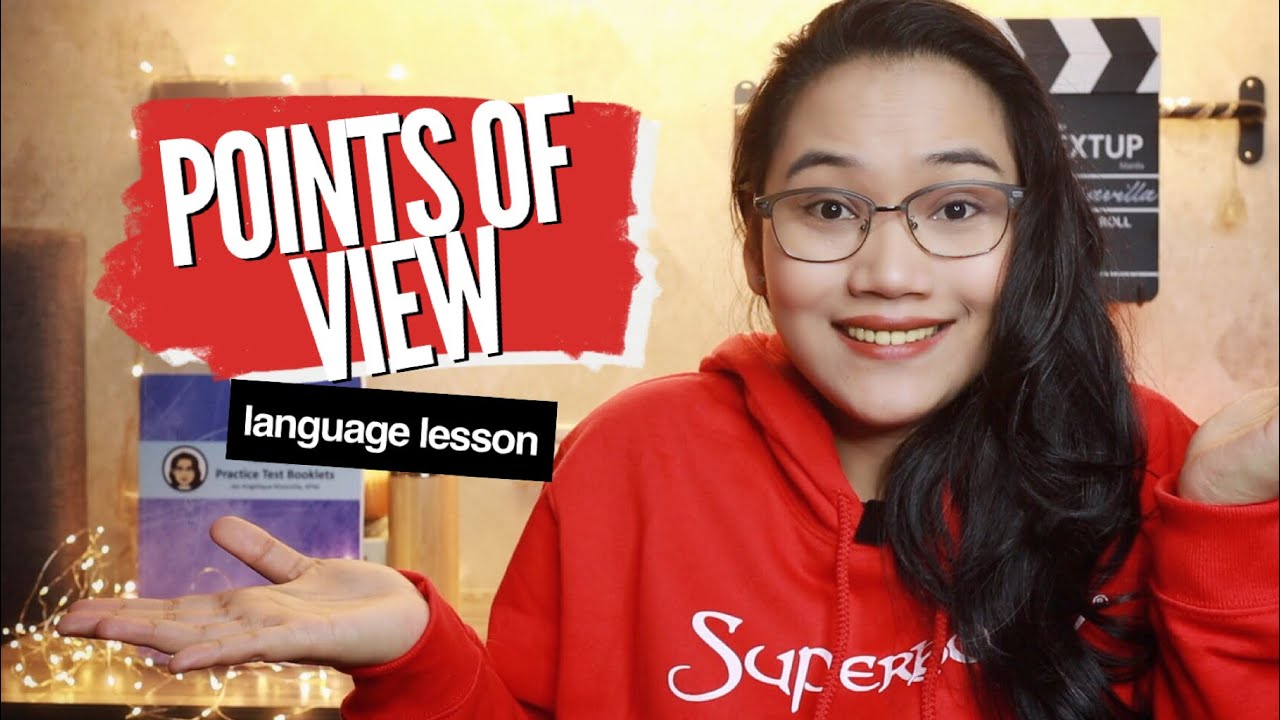First person vs. Second person vs. Third person - Rebekah Bergman
Summary
TLDRThis script explores the impact of narrative perspective on storytelling, illustrating the differences between third, first, and second person points of view. It uses 'Rapunzel' as an example to demonstrate how the story can change dramatically based on the narrator. The script also discusses the advantages and limitations of each perspective, highlighting how they can create suspense, distance, or urgency. It concludes by pondering the potential influence of new technologies like VR on narrative techniques.
Takeaways
- 📚 The importance of point of view in storytelling is highlighted by comparing opening lines from 'Invisible Man', 'Mrs. Dalloway', and 'If on a winter’s night a traveler'.
- 👀 Different perspectives can completely transform a story, as illustrated by the various ways to tell the fairytale of Rapunzel.
- 📖 The third person point of view is typically outside the story, offering a broader perspective on the events and characters.
- 🌟 First person narration brings the reader closer to the narrator, limited by the narrator's own knowledge and experiences.
- 🤔 The first person perspective can also create suspense, as the reader discovers information at the same pace as the character.
- 👥 A plural first person narrator, as in 'We the Animals', can shift to singular, reflecting changes in the character's relationships and self-perception.
- 👤 Second person narration directly addresses the reader, creating a sense of urgency and personal involvement in the story.
- 🔮 An omniscient third person narrator has the ability to move between characters' minds, providing a comprehensive view of the story.
- 🎭 The choice of point of view can be influenced by the desired emotional distance between the reader and the story, with third person offering detachment and first person offering intimacy.
- 🚫 Limitations in point of view can be beneficial, helping to focus the narrative or emphasize certain aspects of the story.
- 🔍 Unreliable narrators, such as in 'The Remains of the Day', can reveal deeper themes and critiques of the society they inhabit.
- 🌐 Emerging technologies like virtual and augmented reality may offer new ways to experiment with and experience point of view in storytelling.
Q & A
What are the three opening lines from different novels mentioned in the transcript?
-The opening lines are from Ralph Ellison’s 'Invisible Man', Virginia Woolf’s 'Mrs. Dalloway', and Italo Calvino’s 'If on a winter’s night a traveler'.
How does the point of view affect the storytelling in literature?
-The point of view can transform the story completely, as it determines who is telling the story and from what perspective, which influences the reader's understanding and engagement with the narrative.
What is the traditional point of view used to tell the fairytale of Rapunzel?
-The traditional point of view used for Rapunzel is the third person, with the narrator outside the story.
How does a first person narrative change the story of Rapunzel?
-A first person narrative brings the reader closer to the character's thoughts and feelings, and can create suspense as the reader discovers information along with the character.
What is the difference between a limited third person narrator and an omniscient third person narrator?
-A limited third person narrator sticks close to one character’s thoughts and feelings, whereas an omniscient third person narrator can move between characters' minds and provide more information to the reader.
How can a first person narrator create suspense in a story?
-A first person narrator can create suspense by being restricted by their own knowledge, allowing the reader to find out information as the character does.
Can a first person narrator be unreliable in their storytelling?
-Yes, a first person narrator can be delusional or dishonest, which can create an interesting dynamic for the reader as they try to discern the truth.
What is an example of a novel that uses a first person narrator who is not entirely reliable?
-Kazuo Ishiguro’s 'The Remains of the Day' is an example where the narrator, Stevens, fails to acknowledge the flaws of the man he serves.
What is unique about the point of view in Justin Torres’s novel 'We the Animals'?
-The novel begins with a plural first person narrator and then shifts to a singular first person point of view as the boys come of age and one brother feels alienated from the others.
What is the second person point of view and how does it affect the reader's experience?
-The second person point of view addresses the story directly to the reader, creating a sense of urgency and suspense, and sometimes distancing the narrator from their own story.
How might new technologies like virtual and augmented reality change storytelling perspectives?
-New technologies may allow for placing people at specific vantage points in virtual space, potentially altering the way stories are told and experienced by providing a more immersive perspective.
Outlines

Esta sección está disponible solo para usuarios con suscripción. Por favor, mejora tu plan para acceder a esta parte.
Mejorar ahoraMindmap

Esta sección está disponible solo para usuarios con suscripción. Por favor, mejora tu plan para acceder a esta parte.
Mejorar ahoraKeywords

Esta sección está disponible solo para usuarios con suscripción. Por favor, mejora tu plan para acceder a esta parte.
Mejorar ahoraHighlights

Esta sección está disponible solo para usuarios con suscripción. Por favor, mejora tu plan para acceder a esta parte.
Mejorar ahoraTranscripts

Esta sección está disponible solo para usuarios con suscripción. Por favor, mejora tu plan para acceder a esta parte.
Mejorar ahoraVer Más Videos Relacionados

Point of View

Types of Point of View (POV)| ENGLISH 7|| MATATAG Curriculum LESSON | QUARTER 2| LESSON 1 | Week 2

Elements of Literary Fiction: Characters, Setting, Plot, Theme, and Point of View

Points of View | English Grammar

Narrative writing for High School & College

Penyegaran Materi BAB I Teks Deskripsi_Ide Pokok_Sudut Pandang_Kohesi dan Koherensi
5.0 / 5 (0 votes)
